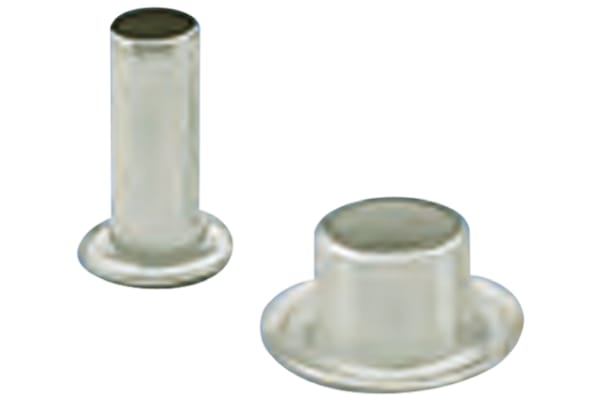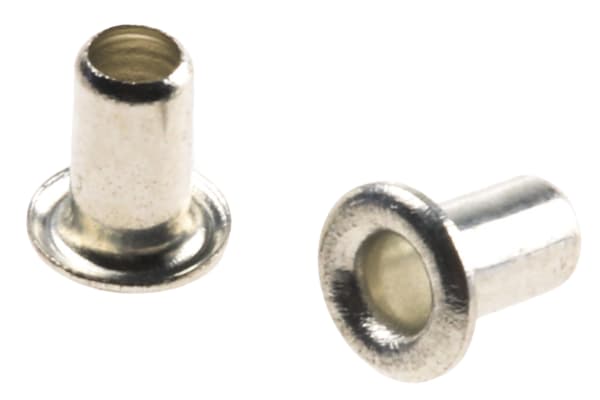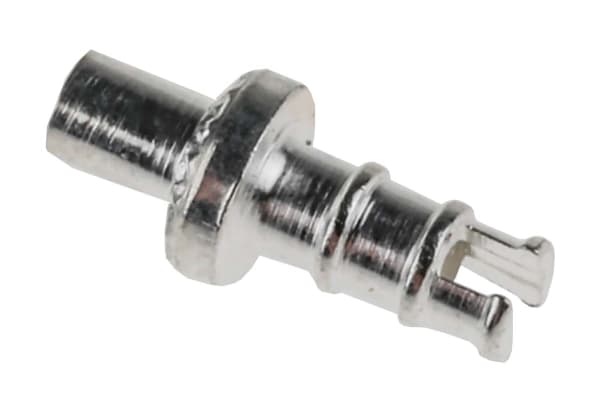PCB Rivets & Riveting Tools
PCB rivets are used to fasten terminals to a circuit board. They have a smooth, hollow cylindrical shaft, with a rolled eyelet head on one end. They’re commonly made from metals such as brass with an electro plating in tin.How do PCB rivets work?PCB rivets are secured into the circuit board using a rivet insertion tool. They’re placed in a punched or drilled hole and the opposite end to the head (the tail), is bucked. This process holds the rivet in place as it creates a new ‘head’ on the other end by hammering the ‘tail’ material flatter. This results in a rivet that is more of a dumbbell shape. The two different ends are then distinguished by the original head being called the f’actory head’, and the new end is called the ‘shop head’ or ‘buck-tail’.How to choose the right PCB rivetsPCB rivets are available in a range of lengths and diameters to suit different holes. There are different types of PCB rivets, such as turret tag or wide eye rollout. Turret tag rivets are longer in length, whereas wide eye rollout are for shallow holes.
-
24, Wide Roll Eyelet PCB Rivet for 1.57mm Diameter, 3.18mm Length
VND225,340.71Bag (1 Bag of 100) -
35, Wide Roll Eyelet PCB Rivet for 2.36mm Diameter, 3.96mm Length
VND225,340.71Bag (1 Bag of 100) -
Turret Tag PCB Rivet for 2.03mm Diameter, 6.2mm Length
VND919,147.39Box (1 Box of 100) -
Turret Tag PCB Rivet for 2.54mm Diameter, 8.5mm Length
VND729,166.55Box (1 Box of 100)






